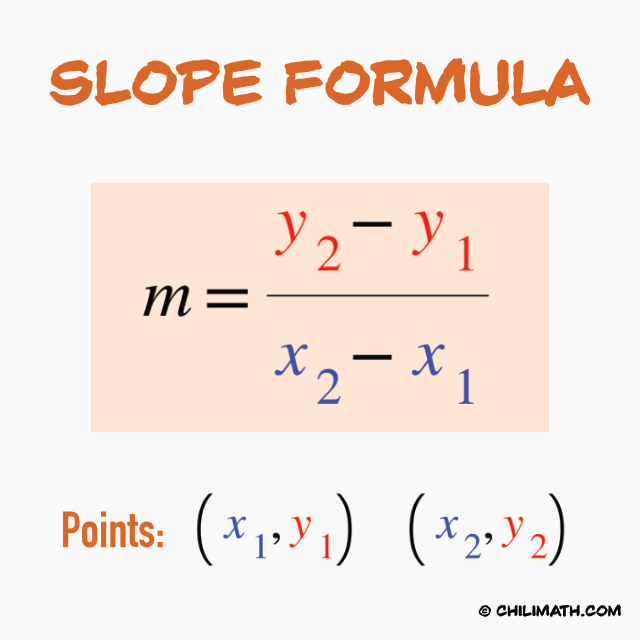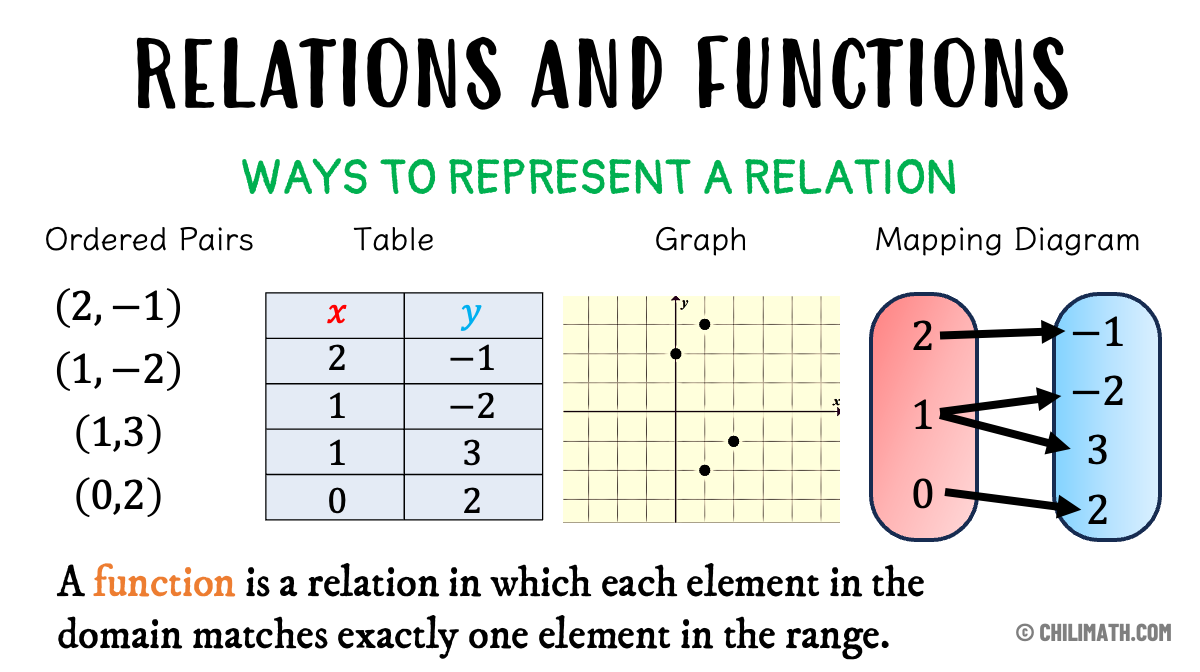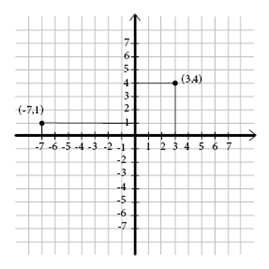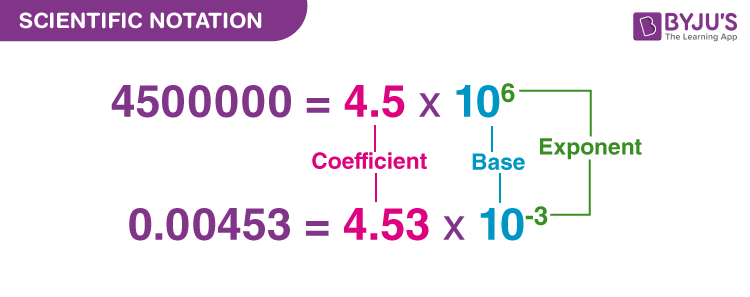This week we learned all about how to find coordinates on graphs and where the 4 quadrants of a graph are.
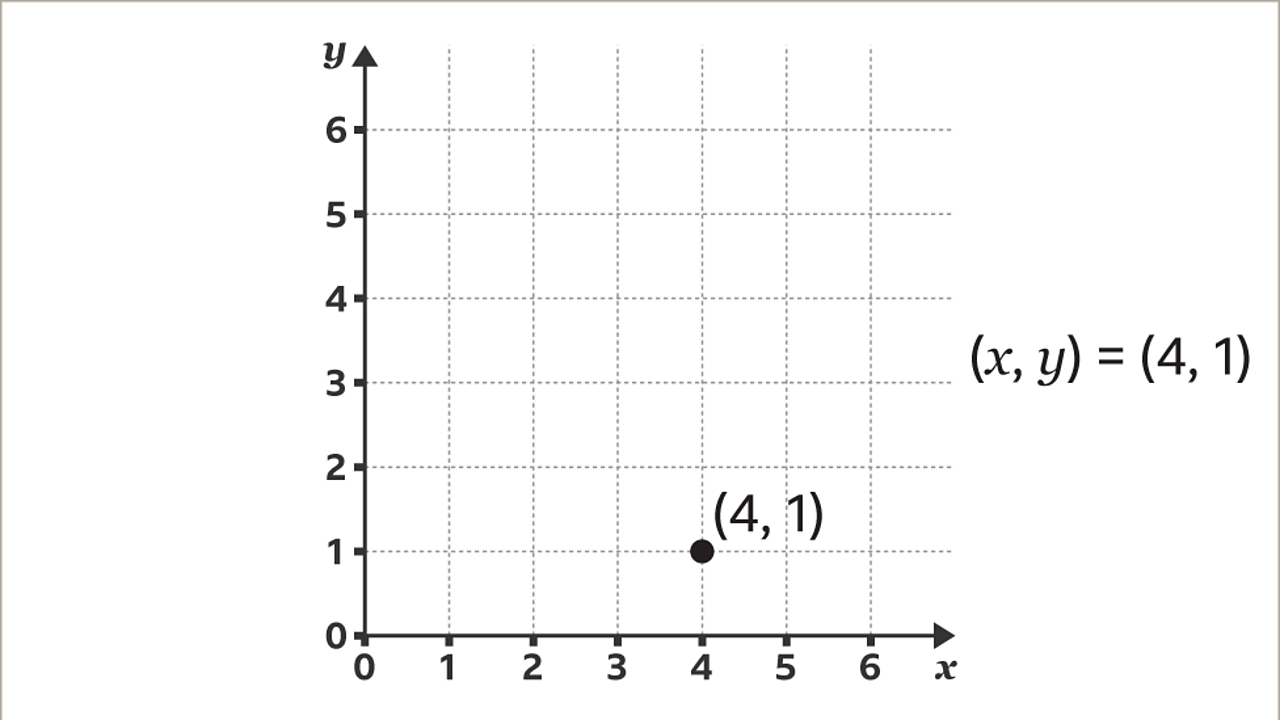
In this image we can see the coordinate (4, 1), being the x value and 1 being the y value.

This image shows us that the top right is quadrant 1, the top left is quadrant 2, the bottom left is quadrant 3, the bottom right is quadrant 4.

